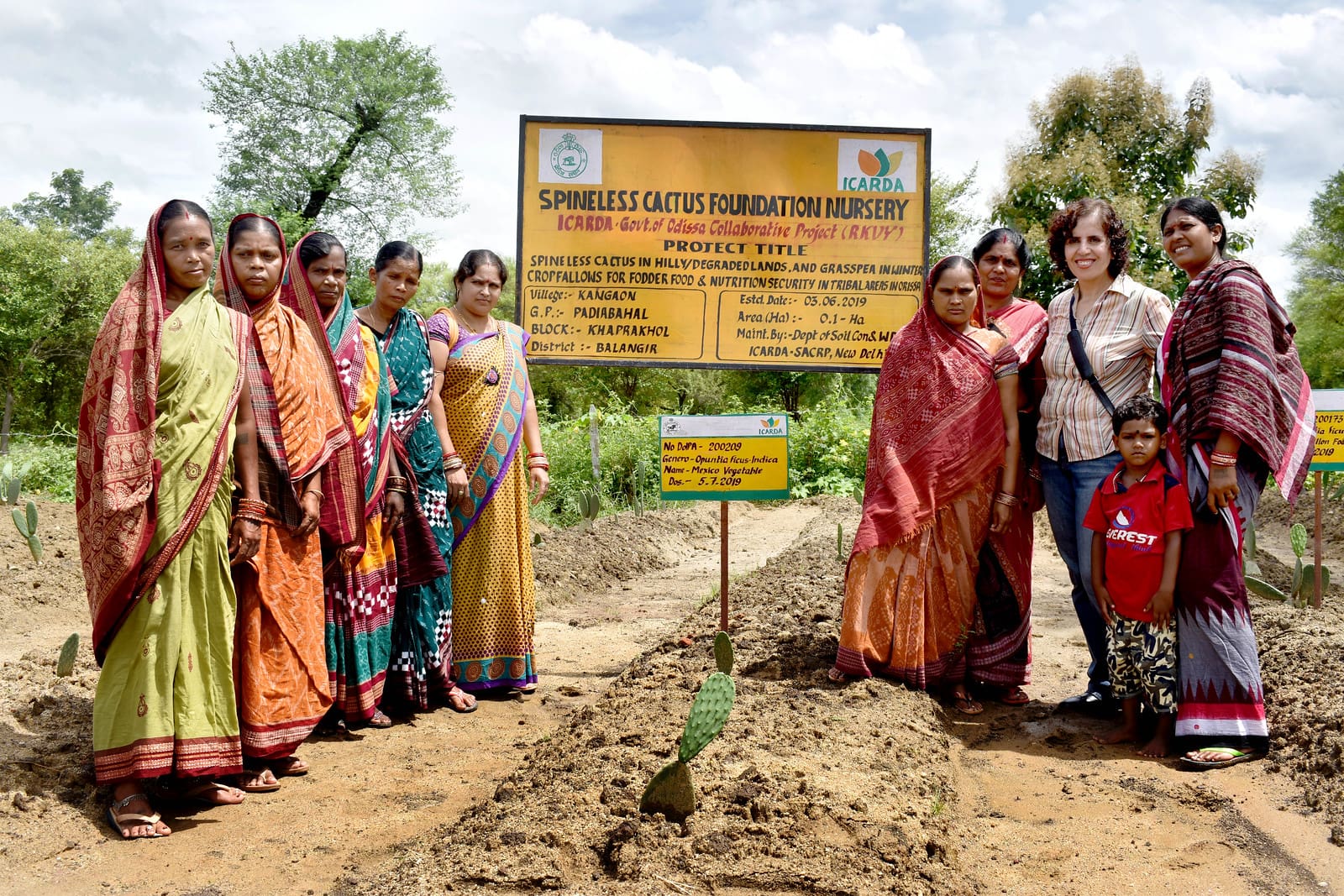Better breeding research and partnerships help farmers access and grow stress-tolerant maize in Africa
The CGIAR Research Program on Maize (MAIZE)’s innovations in rapid-cycle maize breeding and varietal replacements have delivered improved maize varieties to farmers across Africa. These innovations help maize systems adapt to increasing climate variability and facilitate a farmer-accessible, competitive seed sector.
Stress-tolerant maize is a key intervention to improve the livelihoods of millions of resource-constrained smallholder farmers, offset potential losses under climate change, and sustainably meet the needs of future generations. Crop genetic improvement strategies to improve on-farm yields rely on the ability of breeding programs to deliver genetic gain, varietal replacement, and adoption of new genetics by farmers.
Investments over the past decade have strengthened partnerships between national and international breeding programs, increased human capital, and fostered an enabling environment for the adoption of new tools and technology within breeding pipelines. These changes have increased breeding efficiency and varietal replacement, allowing for the faster development of stress tolerant maize varieties with better adaptation to the current environment.
More than 37 million people benefit from new stress-tolerant maize varieties, which cover almost 5.5 million hectares in sub-Saharan Africa. These varieties have demonstrated increased yield and yield stability, resulting in greater production and improved livelihoods.
MAIZE’s new stress-tolerant maize varieties cover almost 5.5 million hectares in sub-Saharan Africa, benefiting over 37 million people.
Innovative breeding tools, techniques, and methods have increased the rate of genetic gain per unit of investment in maize breeding and reduced the average breeding cycle time from 5 to 6 years to 3 to 4 years. Several national maize breeding programs now have the capacity to co-develop new genetics.
Slow varietal turnover has been a major bottleneck in delivering improved genetics to smallholder farmers. Extensive engagement with small- and medium-sized seed companies across 13 countries in sub-Saharan Africa has facilitated faster replacement of obsolete varieties.
CGIAR’s extensive engagement with seed companies across 13 African countries helped replace obsolete maize varieties more quickly.
Replacing hybrids that are dominant, yet lower-yielding and more stress-prone, in major maize-producing countries has been key to farmers growing new varieties that are better suited to the current climate. In Ethiopia, where maize yields have steadily increased over the past decade, two drought-tolerant hybrids replaced two old hybrids, which account for almost three-quarters of total seed production.
The area under drought-tolerant maize production in target countries has also increased over the past decade, from 2.4 million hectares in 2016 to 5.5 million hectares in 2021. In Uganda, the area covered by drought-tolerant maize increased from 13% in 2016 to 52% in 2021. Similarly, in Ethiopia and Zimbabwe, the area has grown from 13% and 10%, respectively, in 2016 to 37% and 44% in 2021.



